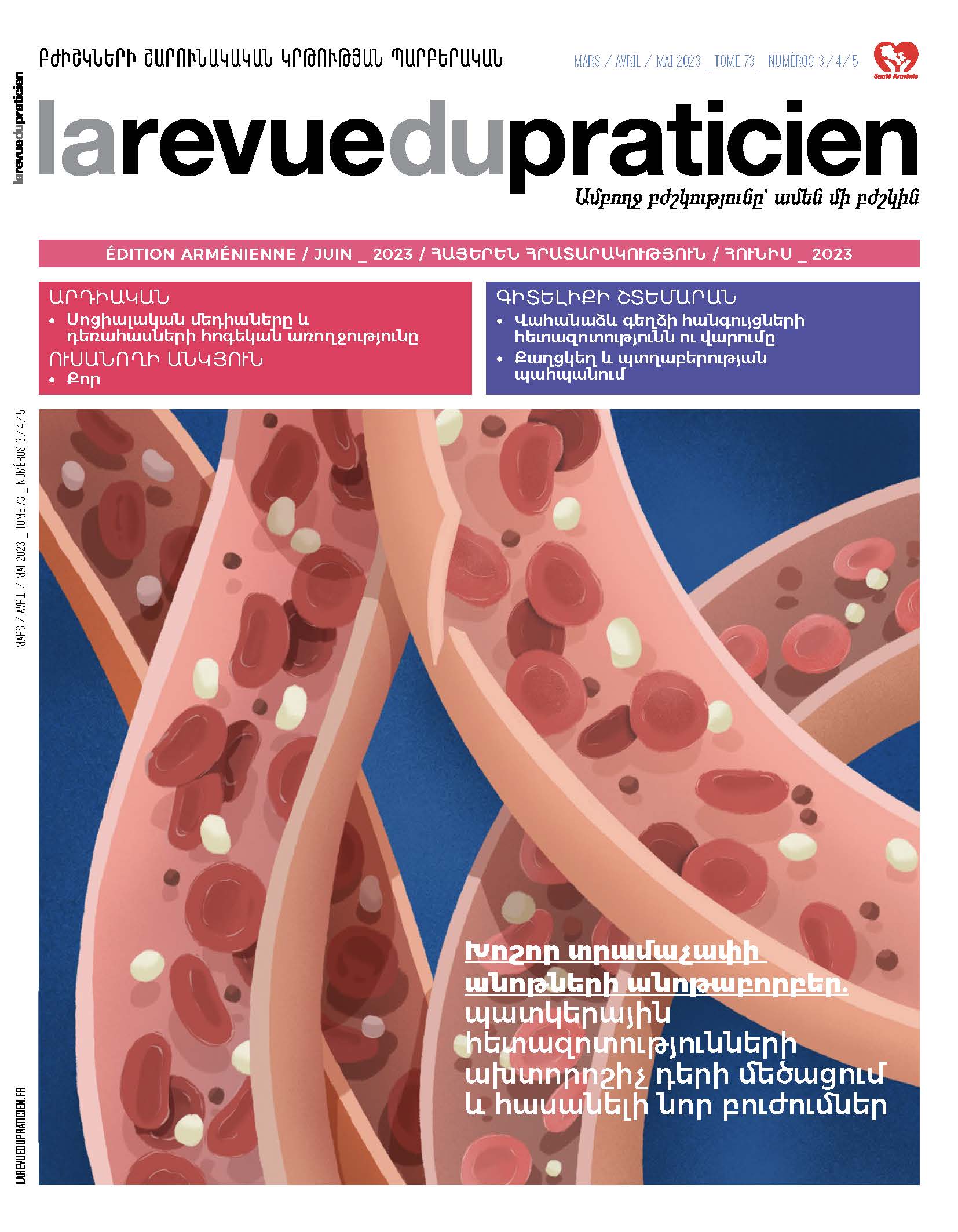Identification of cutaneous adverse drug reactions 87
Saskia Ingen-Housz-Oro.Abstract
Cutaneous adverse drug reactions are common. The most common are maculopapular exanthemas, which heal within a few days. However, clinical and biological signs of severity should be ruled out. Severe drug reactions include acute generalized exanthematous pustulosis, DRESS (drug reaction with eosinophilia and systemic symptoms), and epidermal necrolysis (Stevens-Johnson and Lyell syndromes). The search for the suspect drug is based on the questioning of the patient or his entourage and a chronological timeline. The treatment of drug eruption depends on its nosological type and the patient’s background. For any severe drug reaction, hospitalization in a specialized units is necessary. Follow-up of epidermal necrolysis should be prolonged due to the frequency of disabling sequelae. All drug reactions, in particular the severe forms, must be declared to the pharmacovigilance services.
MeSH :
Acute Generalized Exanthematous Pustulosis/diagnosis,
Acute Generalized Exanthematous,
Pustulosis/etiology,
Disease Progression,
Hospitalization,
Humans,
Pharmacovigilance,
Stevens-Johnson Syndrome/diagnosis,
Stevens-Johnson Syndrome/etiology.
Keywords :
Drug Eruptions.
